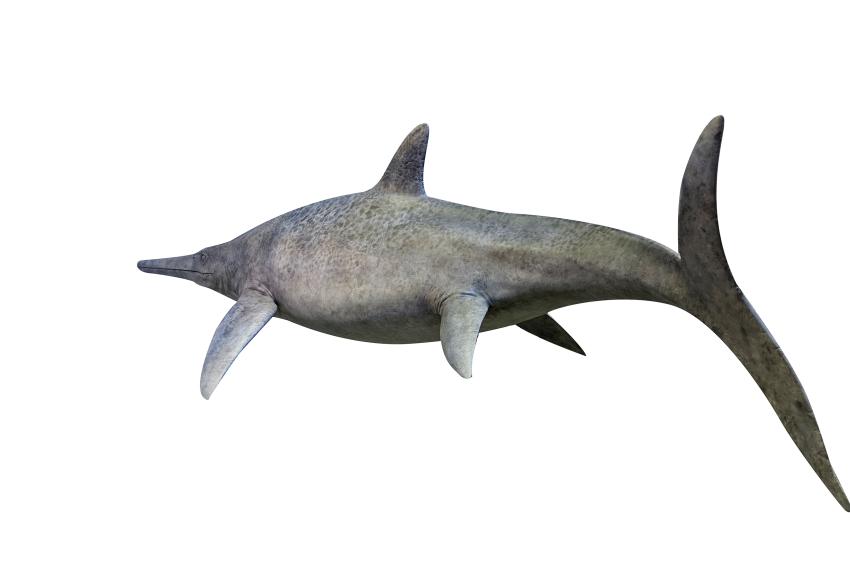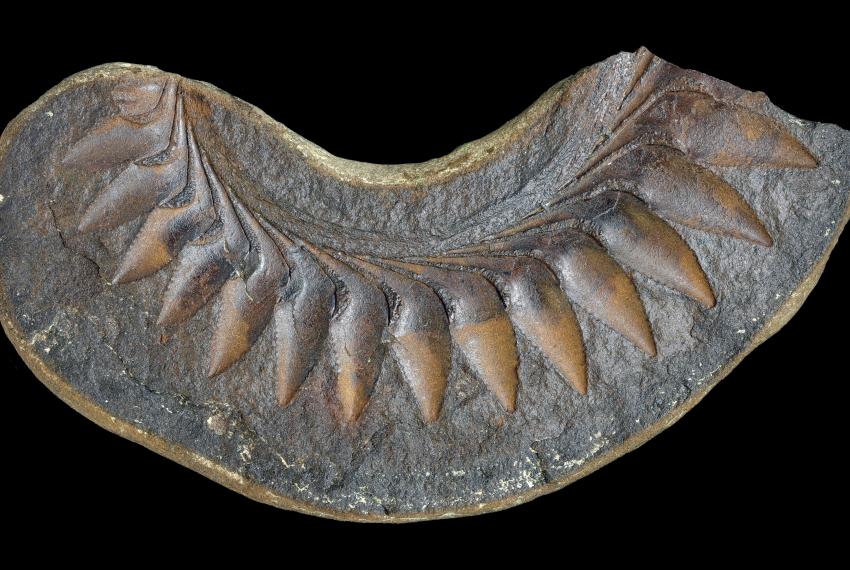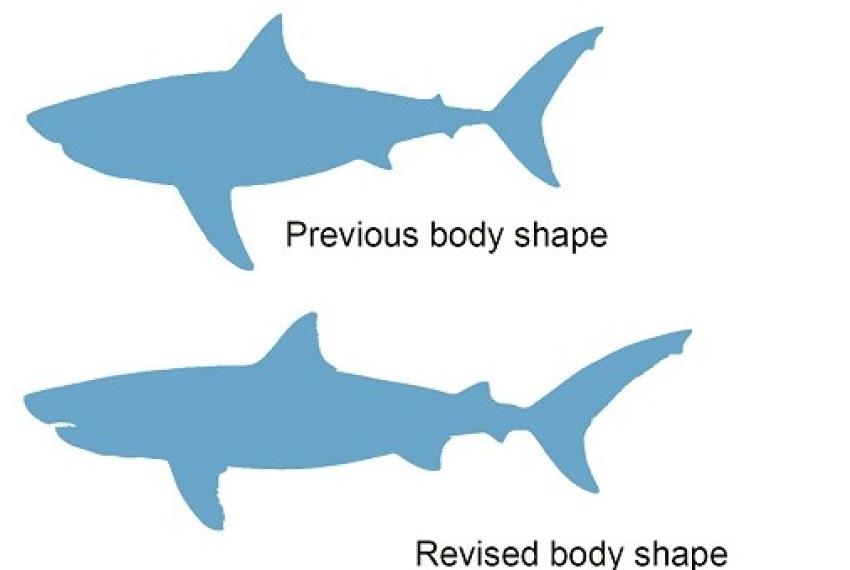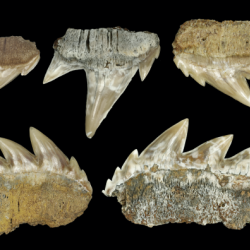A new international study has revealed that giant sharks were swimming in Australian waters much earlier than scientists once thought — by at least 10 million years.
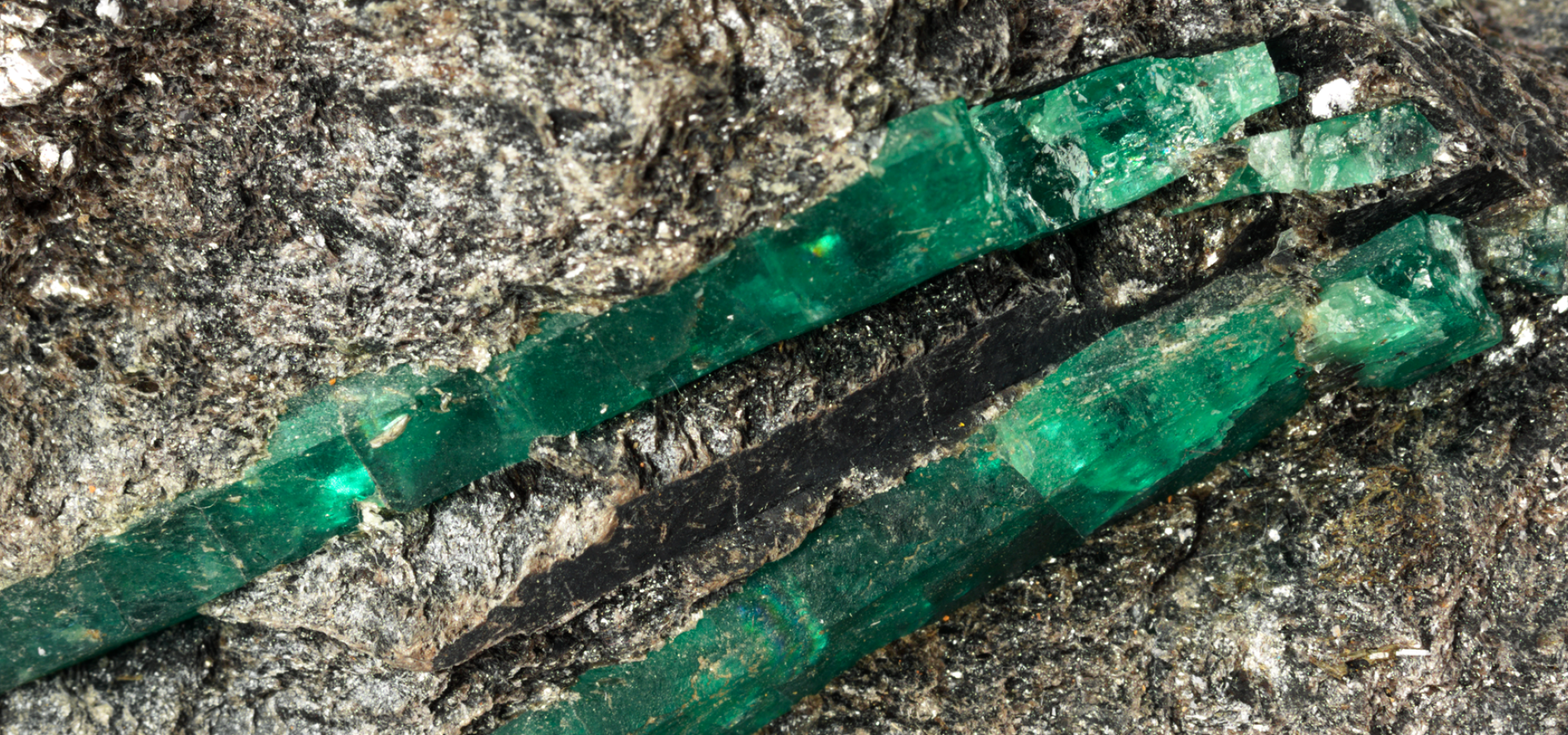
Earth and Planetary Sciences
The Earth and Planetary Sciences department maintains, researches and documents the Museum’s collections of Fossils, Minerals, Rocks, Gems, Meteorites and Tektites, delivering frequent research publications, material loans and identification services.
The Earth and Planetary Sciences department maintains, researches and documents the Museum’s Earth Science collections, comprising of Fossils, Minerals, Rocks, Gems, Meteorites and Tektites.
Totalling more than 1.5 million specimens, the department’s collections and research provide the basis for communicating specialised scientific information to a diverse array of audiences, and offer a vital insight into both Western Australian and international material, from both historic and modern acquisitions.
Loans of material to bona fide research institutions facilitate research worldwide, often carried out in direct collaboration with staff. The results of scientific research are published widely, and the collections are used to develop informative exhibitions and other public programs.
The collections are also used extensively by researchers from industry, State and Commonwealth agencies, universities and museums, both nationally and internationally, and the general public.
The department also provides an identification service for fossils, minerals, rocks, gems and meteorites from Western Australia.
News and stories
A flipper bone discovered three decades ago by the Western Australian Museum has been confirmed as the youngest recorded ichthyosaur (“fish lizard”) from the Southern Hemisphere – dating back 94 to 97 million years – and is potentially the youngest record from anywhere in the world.
Every now and again palaeontologists come across a fossil so weird it takes decades of detective work to finally understand its relationship to other organisms. The 275-million-year-old Helicoprion is one of these enigmas.
The Western Australian Museum was part of an international team of 26 leading shark palaeontologists and neontologists who have challenged a recently published interpretation of the body shape of the megatooth shark Otodus megalodon.
Explore the Earth and Planetary Sciences collections
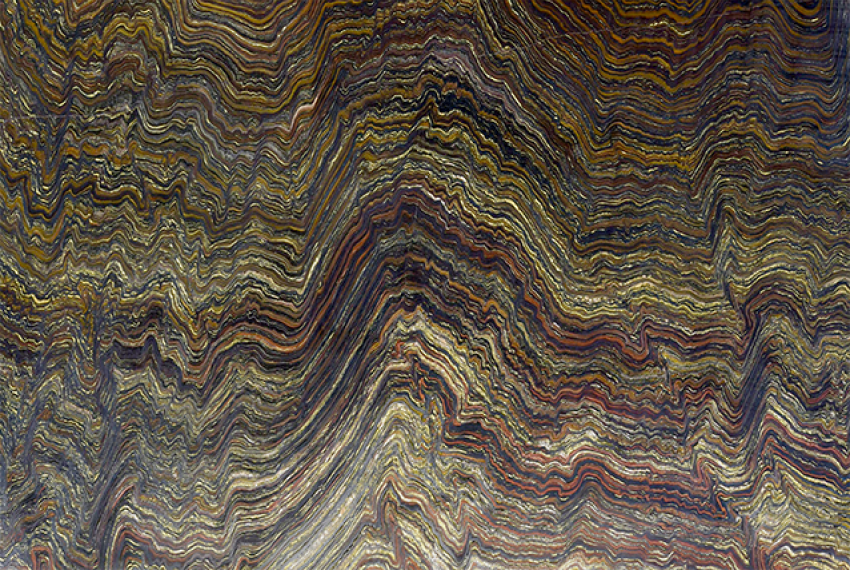
Rock Collection
The Earth and Planetary Sciences department cares for a diverse collection of rocks derived both from Western Australia and international localities.
This collection includes historic rock specimens from early Western Australian geologists, as well as more recent additions.
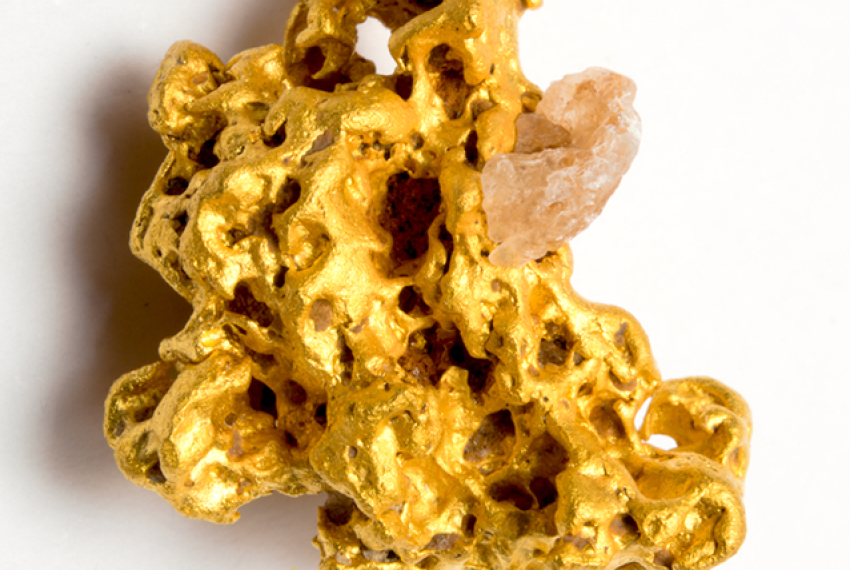
Mineral Collection
The Earth and Planetary Sciences department maintains a comprehensive reference collection of minerals from across Western Australia, used widely by prospectors, industry and academia.
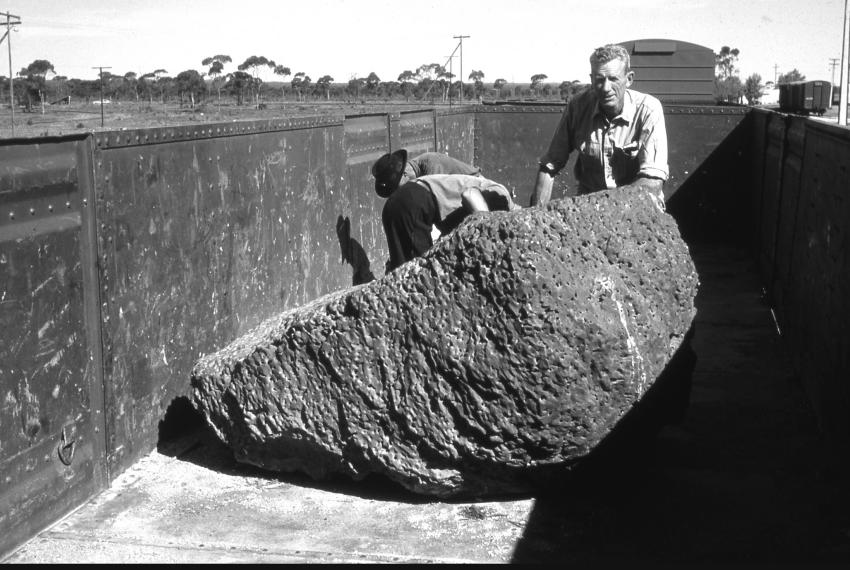
Meteorite Collection
This collection is recognised internationally as one of the most significant in the southern hemisphere. Containing specimens from 750 distinct and described meteorites, this collection represents most of the 46 known groups of meteorites, plus several anomalous individuals.
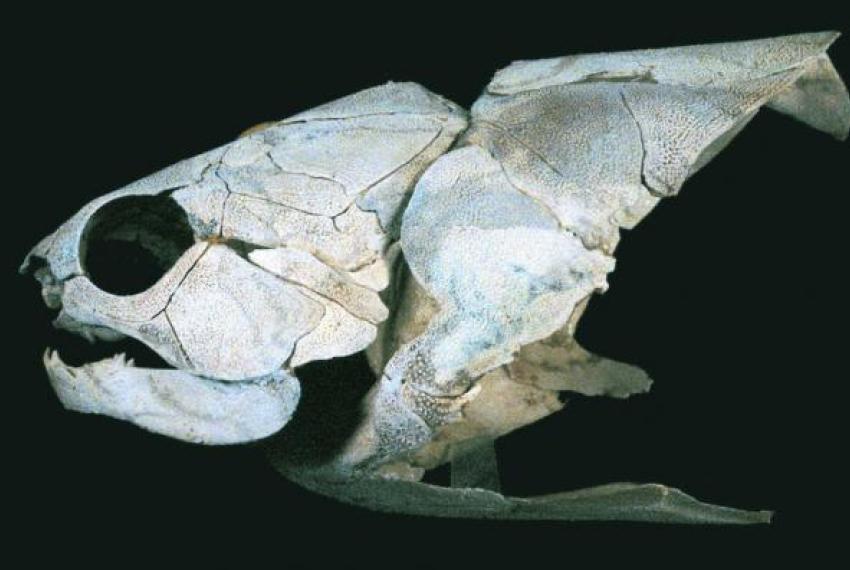
Fossil Collection
This collection is recognised internationally as one of the most significant in the southern hemisphere. Containing specimens from 750 distinct and described meteorites, this collection represents most of the 46 known groups of meteorites, plus several anomalous individuals.
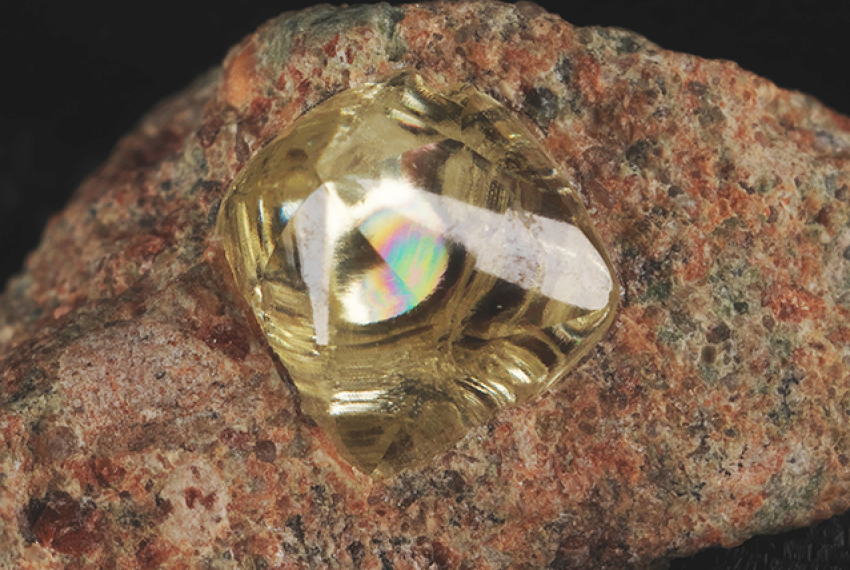
Gem Collection
The Earth and Planetary Sciences department at the Western Australian Museum maintains a collection of gemstones and jewellery that is primarily focused on Western Australia.
Research projects
Several undescribed species of hexanchid sharks have been identified as part of this research project, which are currently being described by scientists at the WA Museum. The fossil material was extracted from nearly one tonne of processed sediment.
We are researching the colourful secondary minerals of the DeGrussa copper mine in central Western Australia. These minerals formed during the weathering of the sulfide orebody after it was exposed to oxygen-rich groundwaters and the atmosphere near the Earth’s surface during the Cenozoic era.
Seeking and describing new meteorites from Western Australia.
Annual fieldwork in the lower Murchison River area and Giralia Range has produced an abundance of shed teeth, bones and partial skeletons of ichthyosaurs, plesiosaurs and turtles from the Cretaceous period. Preliminary results indicate the presence of species new to science.
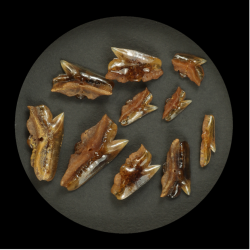
Mid-Cretaceous elasmobranchs from the Southern Carnarvon Basin
Fieldwork carried out in Cretaceous marine rocks near Kalbarri and in the Giralia Range have produced material belonging to dozens of species of elasmobranchs. Thus far eight new species of sharks have been described from the two areas.


